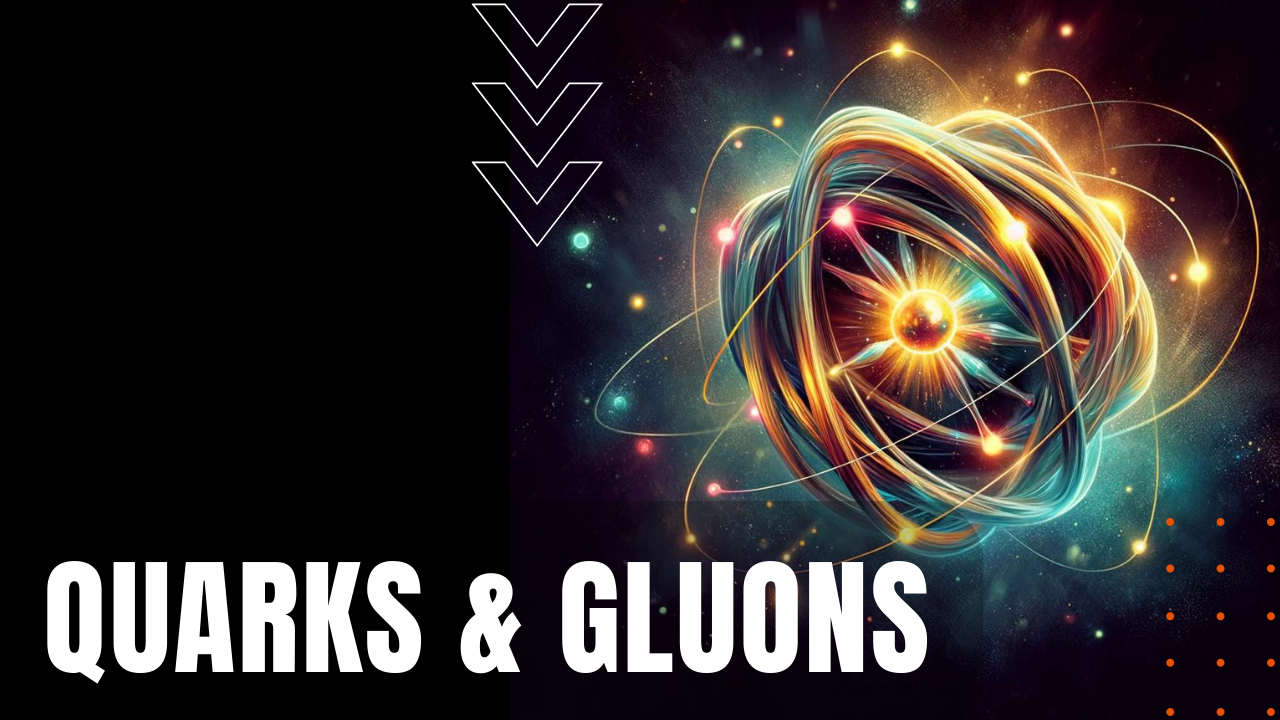Quarks and Gluons

Fundamental to the study of theoretical physics lies the atomic nuclei, which is made up of positively-charged protons and negatively-charged neutrons, whose behavior is dictated by even smaller subatomic particles known as quarks and gluons, which are mostly indivisible from one another and cannot be broken down into smaller components. In addition to having a positive and negative electric charge, quarks and gluons are the only fundamental particles in physics to possess something called “color charge,” consisting of positive and negative redness, greenness and blueness, which—just to make things more difficult to understand—are just naming conventions the lack anything to do with visible colors.
Fundamental Forces
Of the four fundamental forces known to theoretical physics today—including gravity, electromagnetism and weak nuclear force—the most powerful of the four is known as strong force, which is the force that connects the positive and negative nature of color charges, resulting in the creation of atomic nuclei. Because strong force is so much more powerful than the other three fundamental forces, physicists struggled for years to devise a way to separate quarks from gluons. The feat has since been achieved by the creation of a state of matter known as quark-gluon plasma, which occurs when the density and temperature of matter becomes so high that protons and neutrons melt down into a plasmic soup of quarks and gluons. First proposed by Peter Higgs in the mid-1960s, the Higgs Boson or God Particle is the fundamental force-carrying particle of the Higgs field, which was at last confirmed on July the 4th, 2012 by researchers at the Large Hadron Collider, the most powerful particle accelerator in the world.
Giant Leap Forward
Now that physicists have the ability to create a state of matter such as quark-gluon plasma, the field of physics is rapidly expanding our knowledge of the smallest elements of atoms, which in turn helps us understand the laws of the universe, proving that up to a few nano-seconds before the Big Bang, quark-gluon plasma permeated the entirety of universe, until the post-Big Bang universe cooled enough so that quarks and gluons could form into protons and neutrons, making quarks and gluons, the fundamental building blocks of both life and the physical world.
